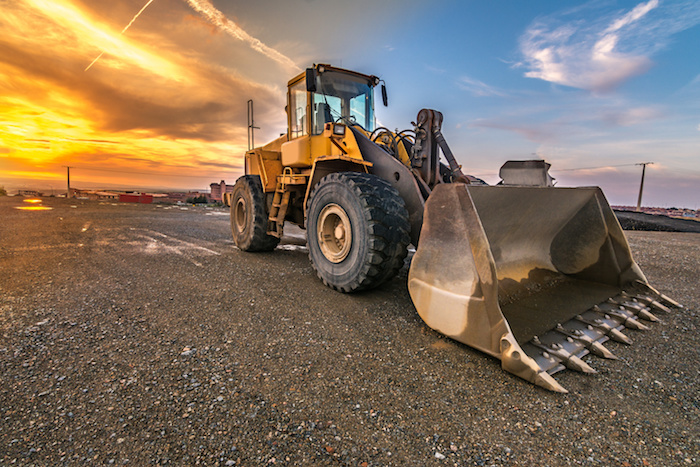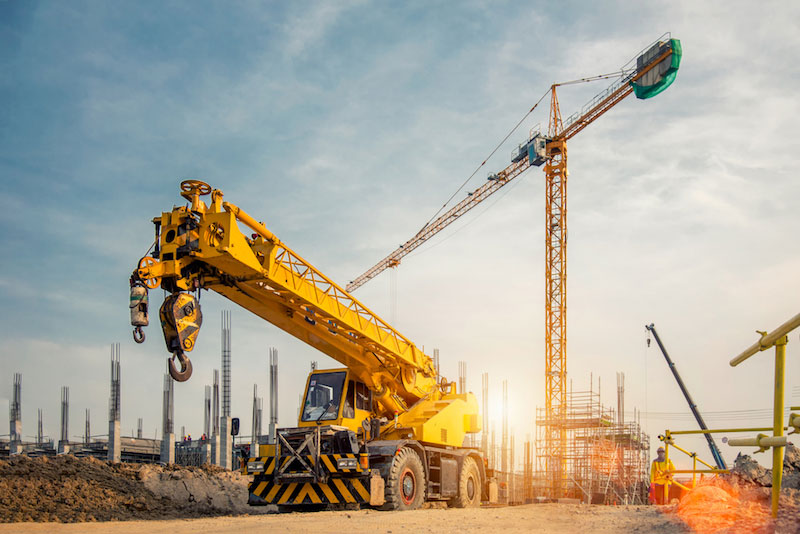Heavy Equipment Rental: High-Quality Equipment for Rental Fee
Heavy Equipment Rental: High-Quality Equipment for Rental Fee
Blog Article
Renting Vs. Purchasing Building Tools: Making the Right Selection for Your Project
When starting a construction job, one of the critical choices that project supervisors and stakeholders face is whether to lease or purchase building and construction devices. Both alternatives have their downsides and advantages, making the choice a critical one in the job planning process. The decision hinges on numerous aspects such as expense factors to consider, project period, devices upkeep, scalability, risk, and adaptability monitoring. Each element plays a crucial role in figuring out one of the most ideal course for the job's tools needs. boom lift rental. Allow's discover these variables better to comprehend exactly how they impact the decision-making process and ultimately the success of the project.
Price Considerations
When reviewing the economic aspect of leasing versus acquiring construction devices, the long-term costs and in advance prices should be thoroughly thought about. Renting out tools often needs reduced preliminary settlements contrasted to buying, making it an attractive option for short-term tasks or service providers with spending plan restraints. Renting out eliminates the requirement for big resources expenses and lowers the financial threat related to tools ownership, such as maintenance and devaluation prices. However, over time, continually renting devices can build up higher expenses than buying, particularly for extended projects.
On the other hand, purchasing building and construction tools entails higher upfront prices however can lead to long-lasting savings, especially for long-lasting projects or constant users. Having equipment gives flexibility, comfort, and the capacity for resale value once the project is completed. Furthermore, having devices permits personalization and experience with specific equipment, possibly enhancing performance and efficiency on-site. Ultimately, the decision in between renting out and getting building and construction devices depends upon the job's period, frequency of usage, budget plan considerations, and lasting financial goals.
Project Period

Alternatively, for long-lasting projects or ongoing building work, getting devices might be the more affordable choice. Getting devices can lead to set you back savings in the long run, particularly if the devices will be often made use of. In addition, having equipment supplies a sense of control over its accessibility and permits personalization to fit particular project needs.

Devices Maintenance
Given the essential role project period plays in establishing one of the most affordable approach between getting and renting out building and construction devices, the emphasis currently shifts towards taking a look at the crucial facet of devices upkeep. Proper upkeep is essential for making sure the ideal performance and durability of construction tools. Leasing tools often comes with the advantage of having properly maintained equipment offered by the rental company. This aerial lift rental can alleviate the concern of maintenance jobs from the job owner or specialist, saving effort and time. On the other hand, having tools requires a proactive method to upkeep to stop failures, guarantee safety, and expand the devices's life-span. Normal evaluations, maintenance, and timely repair services are required to maintain owned equipment in top working problem. Aspect in maintenance costs when deciding between renting and acquiring, as overlooking upkeep can bring about expensive repairs, downtime, and job delays. Ultimately, a well-kept construction tools fleet, whether rented or owned, is essential for the efficient and effective completion of building and construction tasks.
Flexibility and Scalability
In the realm of building and construction devices administration, the aspect of versatility and scalability holds substantial significance for job efficiency and source use. Deciding to lease building and construction devices offers a high degree of versatility as it permits the fast adjustment of devices kinds and quantities based on the advancing demands of a job. Leasing makes it possible for specialists to access a variety of specialized devices that may be required for specific tasks without the long-term commitment of ownership. This adaptability is specifically helpful for projects with varying demands or unclear durations (forklift rental).
Furthermore, scalability, an additional crucial aspect, is naturally connected to versatility. Renting construction equipment uses the benefit of easily scaling procedures up or down as project needs change. Professionals can quickly trade or add tools to match the task's altering requirements without the restrictions of possessing assets that may end up being underutilized or outdated. This ability to range sources effectively can result in expense financial savings and improved project timelines, making leasing a beneficial alternative for jobs needing flexibility and responsive resource allocation.
Threat Administration
Effective risk management in building and construction equipment procedures is paramount to ensuring project success and mitigating potential financial losses. Construction jobs inherently involve numerous dangers, such as tools malfunctions, accidents, and task delays, which can significantly affect the task timeline and budget plan. By meticulously taking into consideration the dangers related to owning or renting out construction devices, project managers can make educated choices to decrease these prospective risks.
Renting out building and construction tools can use a degree of risk reduction by transferring the duty of repair and maintenance to the rental business. This can reduce the economic burden on the job proprietor in case of unexpected tools failings (construction equipment rentals). Additionally, renting provides the flexibility to accessibility customized tools for particular project stages, minimizing the threat of owning underutilized equipment
On the other hand, possessing building equipment offers a feeling of control over its use and maintenance. However, this likewise suggests birthing the complete duty for repair work, maintenance expenses, and devaluation, increasing the economic dangers related to equipment possession. Careful threat analysis and factor to consider of elements such as job duration, equipment usage, and upkeep demands are crucial in determining one of the most appropriate choice for reliable danger monitoring in construction jobs.
Verdict
To conclude, when deciding in between renting out and getting construction devices, it is important to think about expense, task duration, tools upkeep, scalability, danger, and flexibility management. Each element plays a crucial duty in identifying one of the most appropriate option for the project available. By carefully evaluating these elements, project managers can make an informed decision that straightens with their budget, timeline, and total task goals.

Report this page